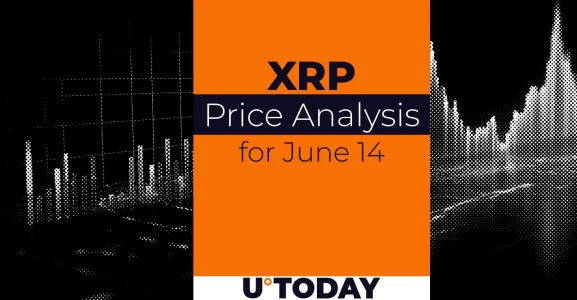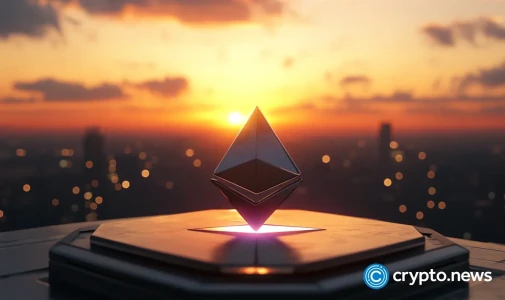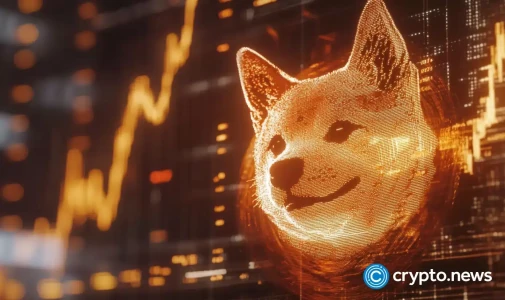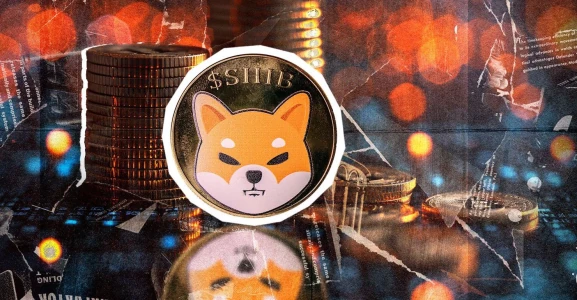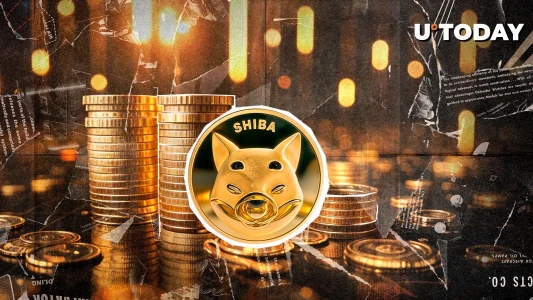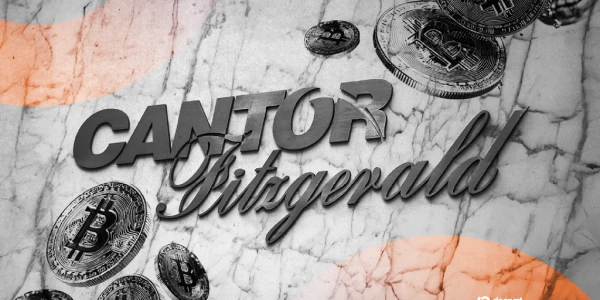
Elon Musk's Dogecoin Connection: Uncovering the Billionaire's Influence on the Meme Cryptocurrency
Dogecoin was once a joke, but the meme coin gained traction after Elon Musk backed it—then he led DOGE under Trump. Here's a look back.[...]
The Musk-Trump Feud Signals the End of Dogecoin's Political Era
The spectacular collapse of Elon Musk's government efficiency role and his public battle with Donald Trump marks a pivotal moment for Dogecoin—one that could finally force the meme coin to stand on its own merits rather than rely on billionaire theatrics and political theater.
From Joke to $258 Billion Lawsuit: The Musk Manipulation Machine
What began as a 2013 parody of cryptocurrency excess has morphed into something far more complex and legally precarious. Billy Markus and Jackson Palmer's satirical response to Bitcoin's altcoin explosion never intended to become a vehicle for market manipulation, yet that's precisely what happened when Musk discovered its meme potential in 2019.
The progression was methodical and devastating to traditional market logic. A single tweet declaring Dogecoin his "fav cryptocurrency" in April 2019 triggered a market cap surge to $400 million and forced major exchanges like Huobi to list the token. This wasn't organic growth—it was pure celebrity influence monetized at scale.
The 2021 bull run amplified this dynamic to absurd proportions. Musk's "Dogefather" persona ahead of his Saturday Night Live appearance pushed DOGE to an all-time high of $0.73, giving it a market capitalization that dwarfed established S&P 500 companies. The subsequent crash following his underwhelming SNL performance revealed the fundamental fragility of meme-driven valuations.
Legal Vindication or Market Warning?
The dismissal of the $258 billion lawsuit against Musk this year sends a troubling signal about accountability in crypto markets. While the judge's characterization of Musk's tweets as "aspirational and puffery" may have legal merit, it essentially legitimizes celebrity market manipulation as long as it's wrapped in sufficient irony and plausible deniability.
The DOGE Department: When Memes Meet Governance
Trump's decision to name Musk's government efficiency commission the "Department of Government Efficiency"—matching Dogecoin's ticker—represented either brilliant political theater or dangerous conflation of public service with personal financial interests. The market certainly interpreted it as the latter, with DOGE prices spiking on every mention of the department.
This governmental association gave Dogecoin something it had never possessed: quasi-official legitimacy. Unlike previous crypto endorsements from smaller nations or experimental central bank digital currencies, this was the world's largest economy appearing to embrace a meme coin through nomenclature alone.
The reality, however, proved more sobering. Musk's admission that he's "not actively involved in crypto" and simply likes Dogecoin for its "sense of humor" exposed the fundamental disconnect between market expectations and actual utility. Co-lead Vivek Ramaswamy's early departure and the department's controversial data access methods further undermined its credibility.
The Spectacular Implosion: What Happens After the Hype
Musk's May departure from the DOGE department and subsequent public feud with Trump represents a watershed moment for Dogecoin. The cryptocurrency that rode political theater to relevance now faces the prospect of existing without its primary catalyst.
Trump's threats to investigate Musk's companies and consider deportation—while directing the remaining DOGE department to scrutinize Musk's businesses—creates an unprecedented scenario where a cryptocurrency's primary influencer has become adversarial to the political structure that elevated it.
The market's muted response to this dramatic fallout suggests either maturation or exhaustion. Unlike previous Musk-driven volatility, the Trump-Musk conflict has generated more interest in derivative meme coins than in Dogecoin itself—a telling sign of shifting attention and diminishing returns.
Beyond the Spectacle: Dogecoin's Technical Reality
Stripped of political theater and celebrity endorsements, Dogecoin remains the second-largest proof-of-work cryptocurrency with genuine technical infrastructure. Its developers have quietly maintained the network through years of meme-driven volatility, implementing updates and maintaining stability despite the chaos surrounding its public perception.
The integration possibilities with X (formerly Twitter) represent perhaps the most substantive development path forward. Unlike the ephemeral nature of political associations, payment integration would provide actual utility and transaction volume—metrics that matter more than tweet-driven price spikes.
The Broader Implications for Crypto Markets
Dogecoin's trajectory from joke to political symbol to post-political reality offers crucial insights into cryptocurrency market dynamics. The ease with which celebrity influence can drive valuations—and the speed with which that influence can evaporate—should concern serious investors and regulators alike.
The legal system's reluctance to address celebrity market manipulation, combined with the political system's willingness to embrace meme culture in governance, suggests we're entering uncharted territory where traditional financial regulations may prove inadequate.
As Musk returns to focusing on his companies and Trump distances himself from crypto-adjacent controversies, Dogecoin faces its ultimate test: survival without spectacle. The outcome will determine whether meme coins can evolve beyond their origins or remain forever dependent on the whims of influential personalities.
Most Viewed News
